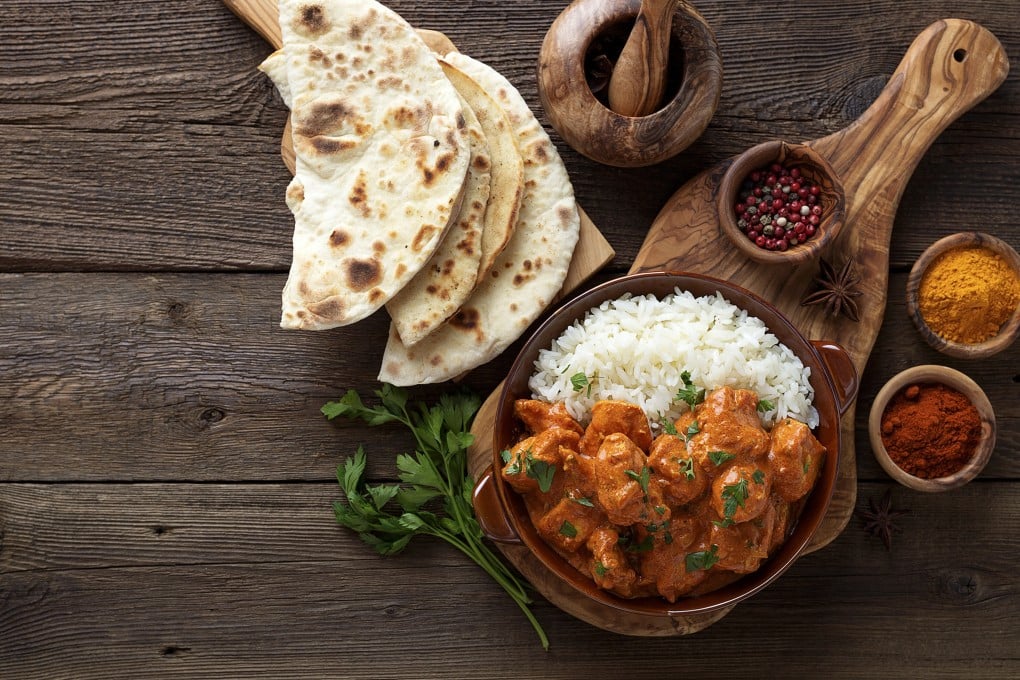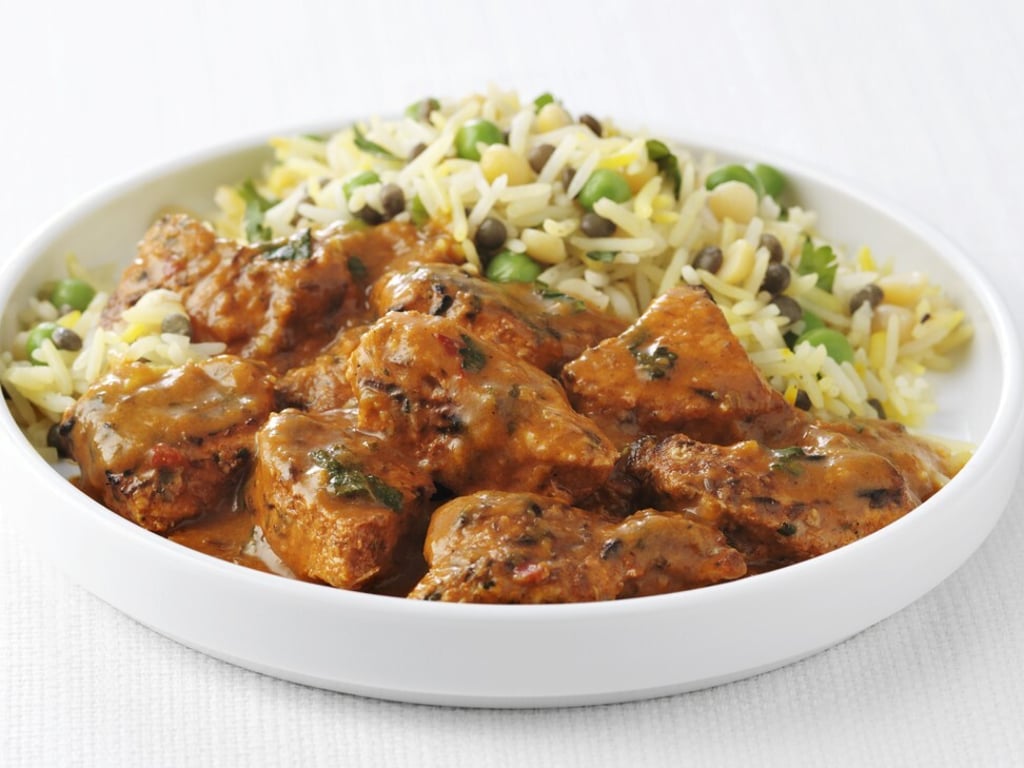The history of chicken tikka masala: why Britain’s favourite curry has few fans in India despite its fame
- Loved throughout the UK, the dish does not exist in Indian cuisine or figure commonly on menus in India, and Indians are not passionate about it
- Some say Bangladeshi chefs who migrated to Britain in the 1960s developed the dish there to appease British palates

With its grilled chunks of chicken enveloped in a spiced, velvety orange curry, chicken tikka masala is one of the most popular dishes in Britain.
It’s a bestselling ready meal at supermarket Sainsbury’s, which sells 1.6 million chicken tikka masala meals every year and stocks 16 related products, including a chicken tikka masala pasta sauce. It’s eaten everywhere in the UK, from north to south, and is a staple in the curry houses of London – especially on Brick Lane, known as the Curry Mile, in the city’s East End.
For the uninitiated, the dish consists of boneless chunks of chicken marinated in spices and yogurt that is roasted in an oven before being smothered in a creamy tomato sauce.
The origins of chicken tikka masala are nebulous. It does not exist as such in Indian cuisine or figure commonly on menus in India. Where did it originate?

Despite the name, the dish did not come from the kitchens of the Mughal emperors, or the British Raj. Most Indian cookbooks don’t list it. In her book Curry: A Tale of Cooks and Conquerors, Lizzie Collingham writes that according to food critics, chicken tikka masala “was not a shining example of British multiculturalism but a demonstration of the British facility for reducing all foreign foods to their most unappetising and inedible forms”.